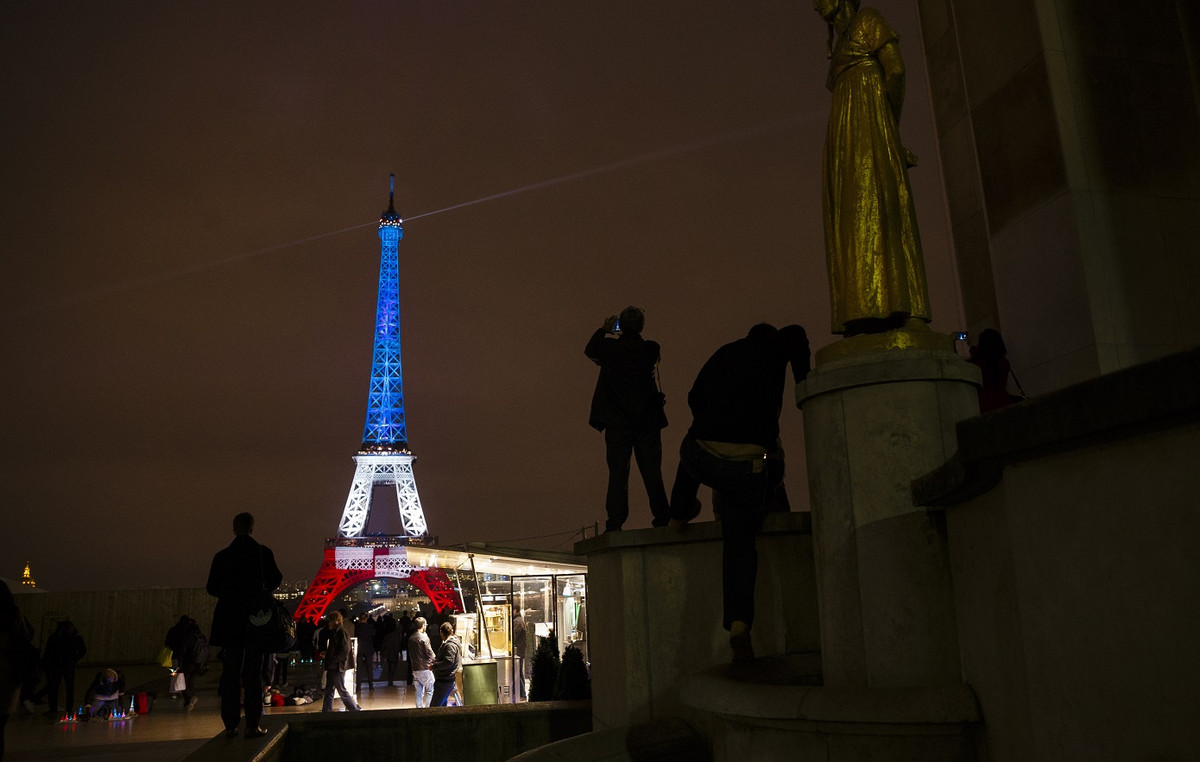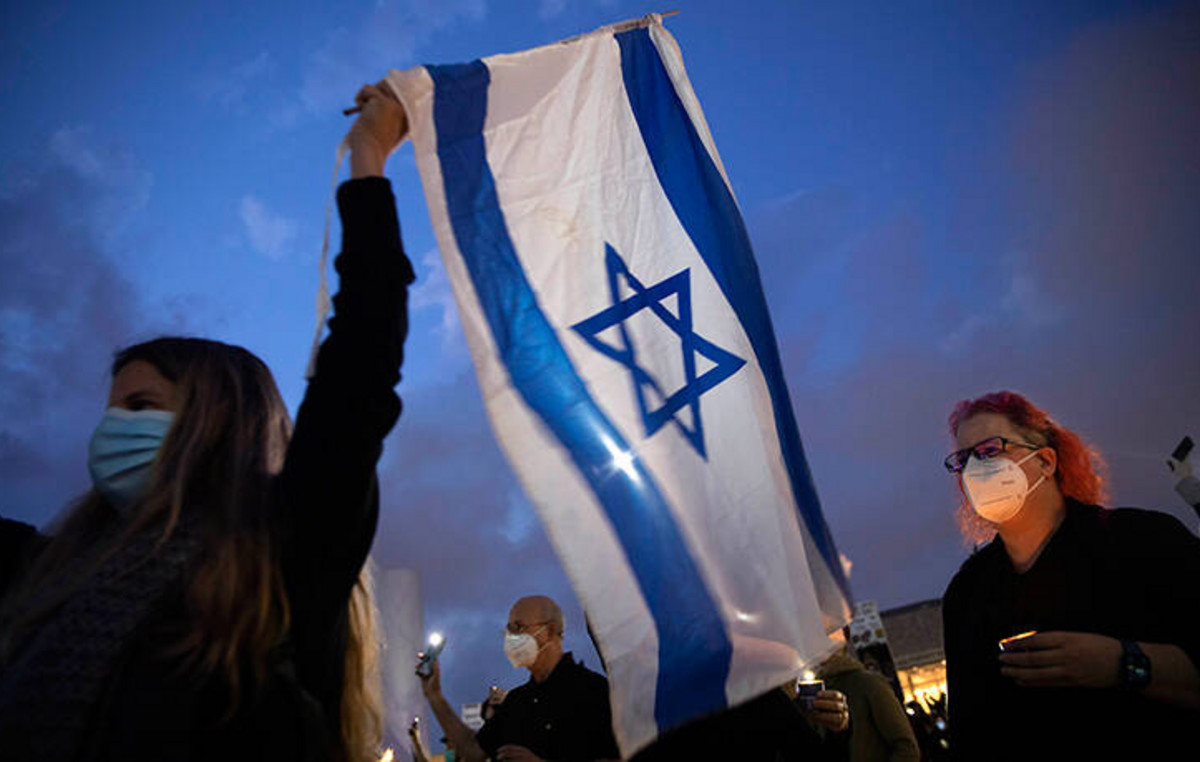Ukraine’s neutrality is one of the demands that Russia has placed on the table to end the invasion. The Russians have even suggested that Ukraine adopt the neutrality model of Sweden or Austria, two countries that are not part of the North Atlantic Treaty Organization (NATO) and that do not engage in wars.
And demilitarization is one of Vladimir Putin’s goals in demanding Ukrainian neutrality.
But the Ukrainians want to do it their way, as negotiator Mikhailo Podolyak said this Wednesday: “Ukraine is in a direct war with Russia. Therefore, the model can only be ‘Ukrainian’ and only on the basis of solid guarantees in terms of security”.
What is neutrality?
It all depends on each country, especially if neutrality is in its constitution. But, in practice, a neutral country is one that does not take sides with the belligerent countries in a specific war and opts for a position of permanent neutrality in all conflicts that may happen in the future.
According to the Hague Convention of 1907, the country that declares itself neutral does not participate in the war, even if it is requested.
Neutrality can be military – there are demilitarized nations or nations that do not have armed forces for peacekeeping actions – and/or political, as is the case with Austria and Sweden, which have a political alliance with the European Union.
However, a country’s neutrality can also imply that it does not align itself in groups and alliances. In this case, the “neutral” status could be mirrored with non-accession to the European Union and the North Atlantic Treaty Organization (NATO) or even to the Collective Security Treaty Organization.
Austria
Austria’s neutrality was declared ten years after the Second World War, in October 1955. At that time, the Austrian National Council approved the new Constitution in Vienna that gives the country permanent neutrality.
In its neutrality model, Austria undertakes not to send soldiers to a country at war, except when on UN peacekeeping missions. of foreign military bases on its territory – and so this model appeals to Vladimir Putin.
However, while Austria is militarily neutral, it is not politically neutral. And he already made it known as soon as Russia invaded Ukraine. Austria is still part of the European Union (since 1995), and therefore must provide assistance to other Member States if they are the target of armed aggression on their territory.
However, the decision is solely and exclusively yours, as it can declare the “Irish clause”, which places each country’s constitution above the Treaty on European Union and which favors Austria’s permanent neutrality.
Sweden
Sweden’s neutrality dates back to the 19th century, having, for example, adopted political neutrality during the Cold War.
Since it joined the European Union in 1995 and strengthened its ties with NATO (although it is not part of the alliance), it has become an unofficial stance, but it remains faithful to its neutrality, almost as a tactic to protect against invasions on its territory.
It has reduced military strength, is not involved militarily in wars (only politically and materially – for example, it has sent material, such as helmets, to the military forces of Ukraine), and remains active in peace actions (mainly through the UN ).
Source: CNN Brasil
I’m James Harper, a highly experienced and accomplished news writer for World Stock Market. I have been writing in the Politics section of the website for over five years, providing readers with up-to-date and insightful information about current events in politics. My work is widely read and respected by many industry professionals as well as laymen.







